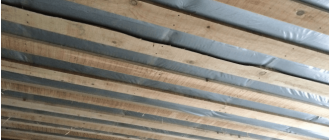Temperature controllers with an air temperature sensor are devices that are used to monitor and control gas and electric heating devices with an automatic control function built into them. With their help, you can maintain the desired temperature in the room. A thermostat controls this process, depriving you of the inconvenience associated with the constant manual maintenance of the temperature in the heating device.
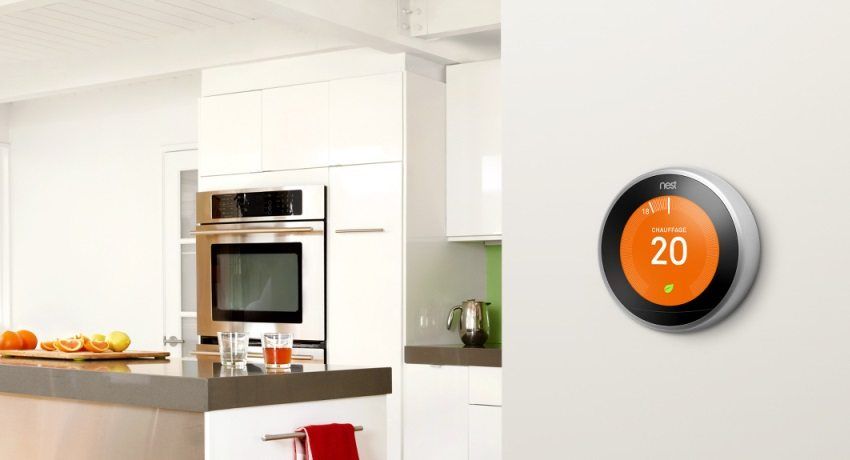
What is the temperature controllers with air temperature sensor
A thermostat (also called a thermostat) is a device that is responsible for maintaining the heater at a given temperature. The thermostat is considered the main part of the control of the coolant. First, in manual mode, the required temperature is set, which is subsequently maintained by the device automatically.
Temperature controllers with air temperature sensor are part of the heating or cooling system. It is also built into climate control systems, for example, in gas boilers and air conditioners.

The main functions of the thermostat are:
- Saving – the thermostat controls to what level the air temperature rises or falls, and, accordingly, turns off the device when the desired level is reached.
- Security – in the event of a malfunction or overheating of the boiler, the thermostat will notify you with a sound signal.
- Comfort – the thermostat itself will take care of maintaining the required temperature in the room and will save you from having to manually turn the system on and off.
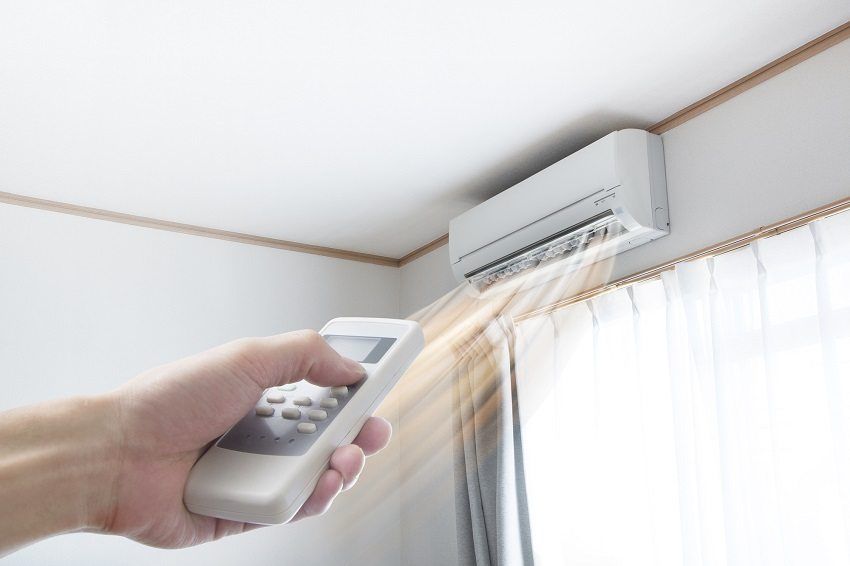
One of the simplest and most familiar examples is thermostats for radiators or, as they are often called, thermo heads for radiators. Such thermostat regulator is installed on the heater pipe and serves to maintain the set temperature.
Helpful advice! Installing a thermostat on a heating radiator is not difficult, and it provides not only comfort, but also significant savings.
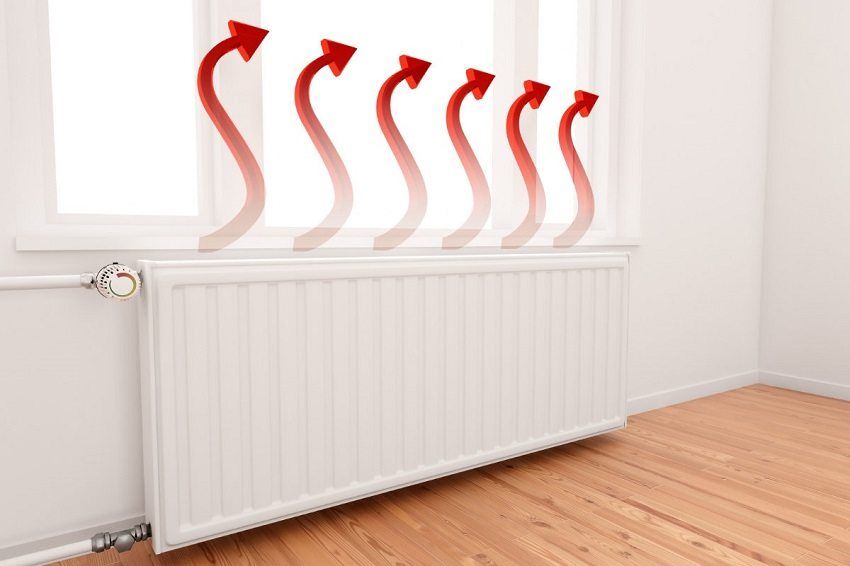
A thermostat with temperature control performs its function according to the following scheme:
- first, the boiler thermostat receives information about the air temperature in the coolant itself;
- then the sensors collect information about the air temperature in the heated room;
- All collected information is transmitted to the control unit, where it will be stored;
- the controller compares the data and, accordingly, increases or decreases the temperature in the coolant.

In order to choose a suitable thermostat for you, you need to understand how they differ from each other.
Temperature regulators differ in the material from which they are made, the method of installation, as well as the principle of operation and functional features.
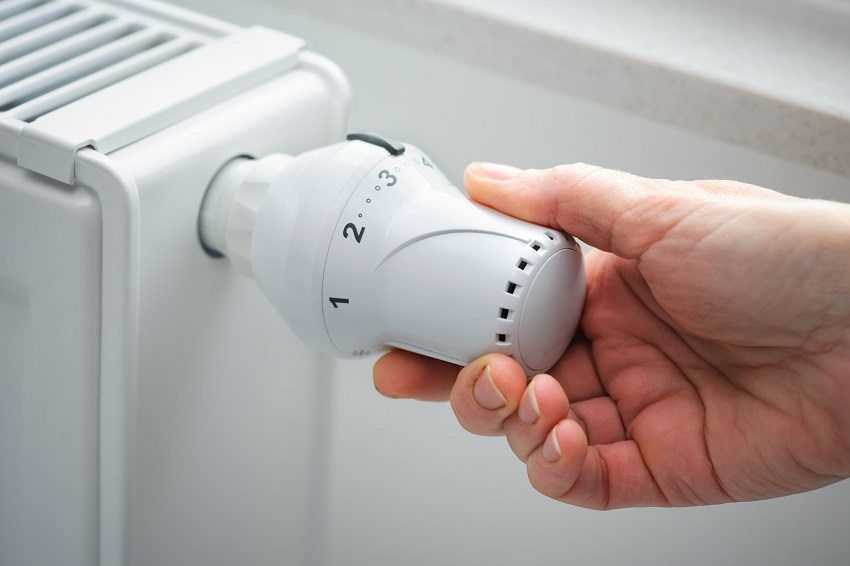
Depending on the material manufacturing devices are:
- bimetallic (hardened plastic);
- electronic thermistors;
- electronic thermocouples.
The second and third types are more common as a thermostat for a heating boiler.
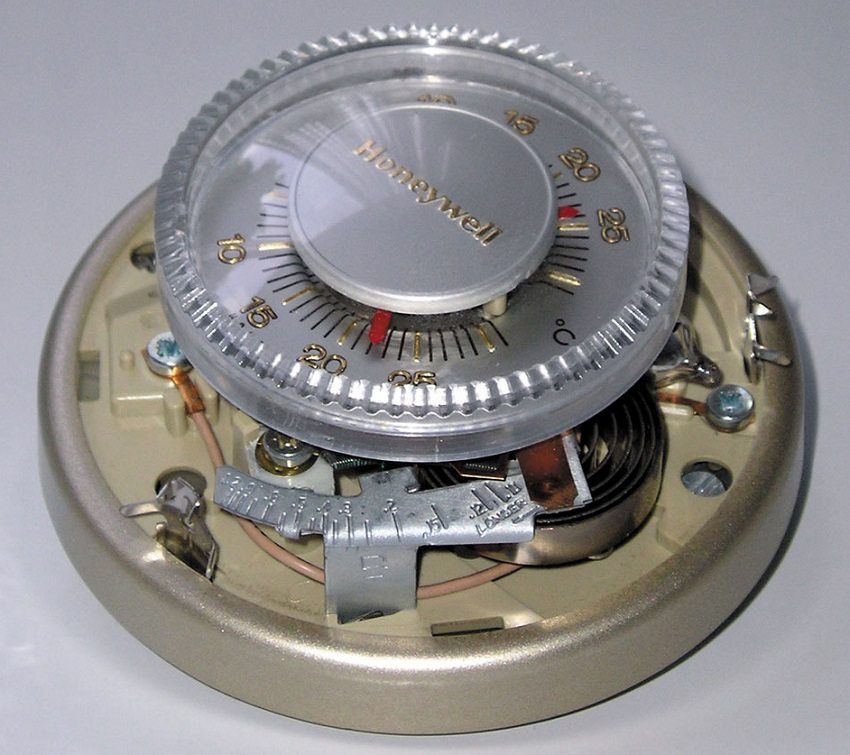
Depending on the principle of operation, thermostats are divided into two types:
- mechanical;
- electronic.
The principle of operation of mechanical models is based on the expansion of bimetallic plates and data transfer to the control unit. Electronic models function due to built-in thermometers.
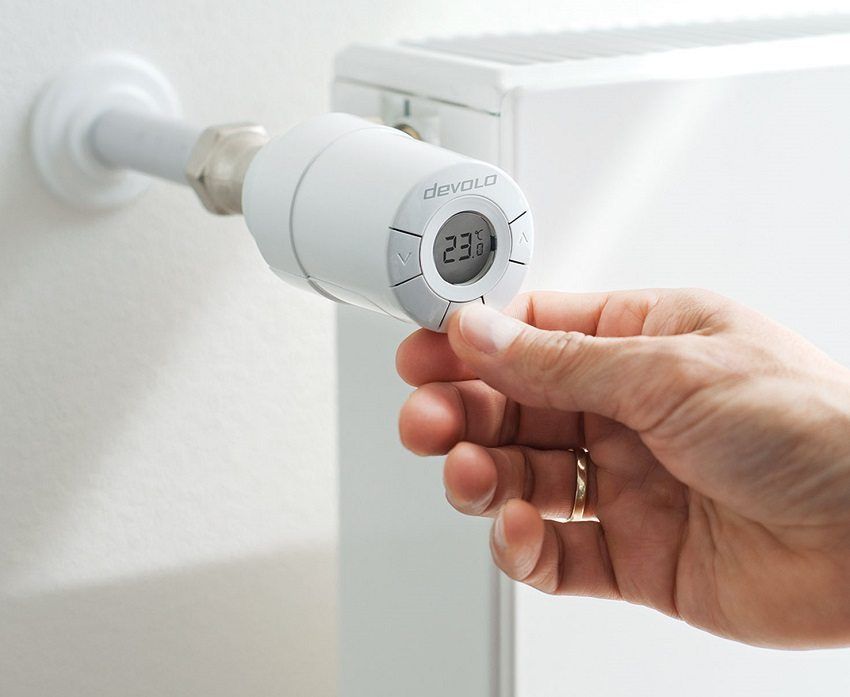
Depending on the method of temperature control, the devices are also divided into the following types:
- collection of information on the floor sensor;
- collection of information on the air sensor;
- combined – collecting information from various sensors.
Instruments that collect information on air temperature sensors are the most common. These thermostats are installed on radiators and used for boilers and convectors.
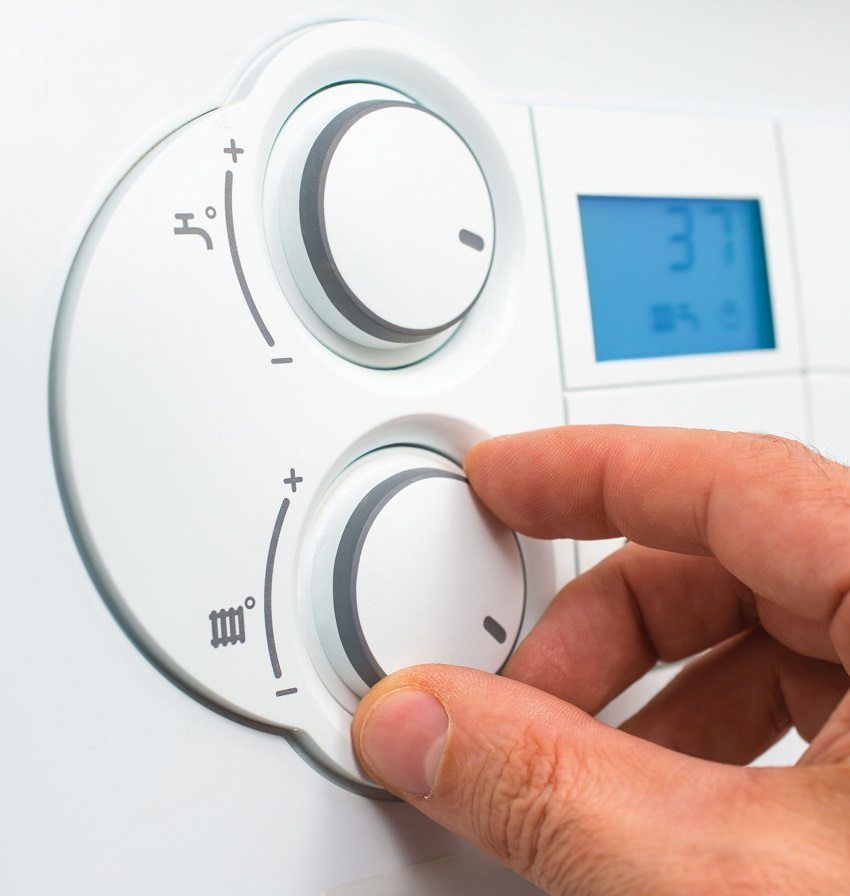
Devices that collect information on floor sensors have a rather limited range of possibilities and are used, as a rule, in rooms with a floor heating system.
Also, a separate view can be identified temperature controllers with a remote air temperature sensor. In this case, the information entering the control unit is more reliable, since the data on the air temperature were obtained at a considerable distance from the heater. The thermostat with remote sensor is mounted on the wall and connected to the general wiring.
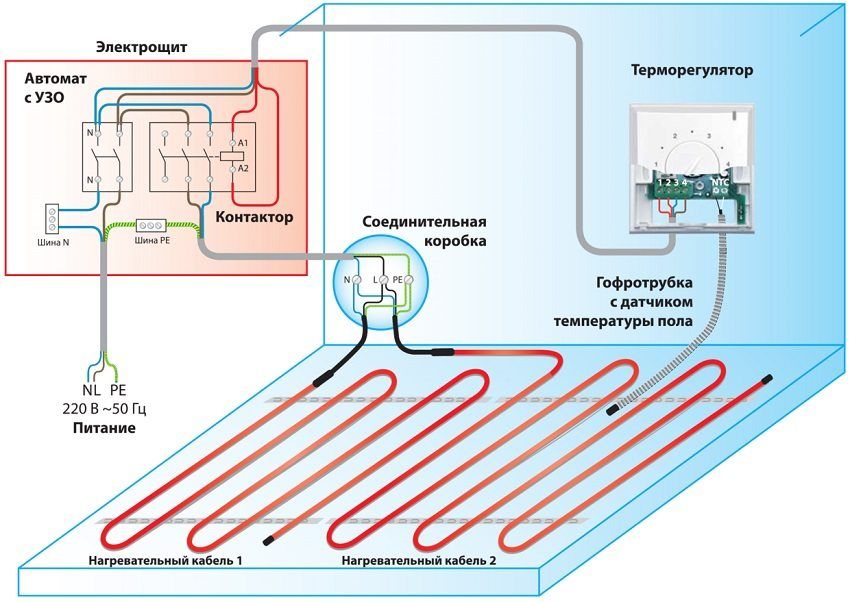
Thermostats with an air temperature sensor for an incubator are arranged according to a similar principle. The thermostat is connected to the network, the cord with the sensor is lowered into the incubator. On the outside of the thermostat is a socket where you need to insert the power cord of the incubator. Using the information on the display, you can control and, if necessary, change the temperature inside.
Helpful advice! If your knowledge in this area is not enough, and you can not choose the appropriate thermostat for an infrared heater, ask for help from specialists. This will help you avoid unnecessary hassle and expense.
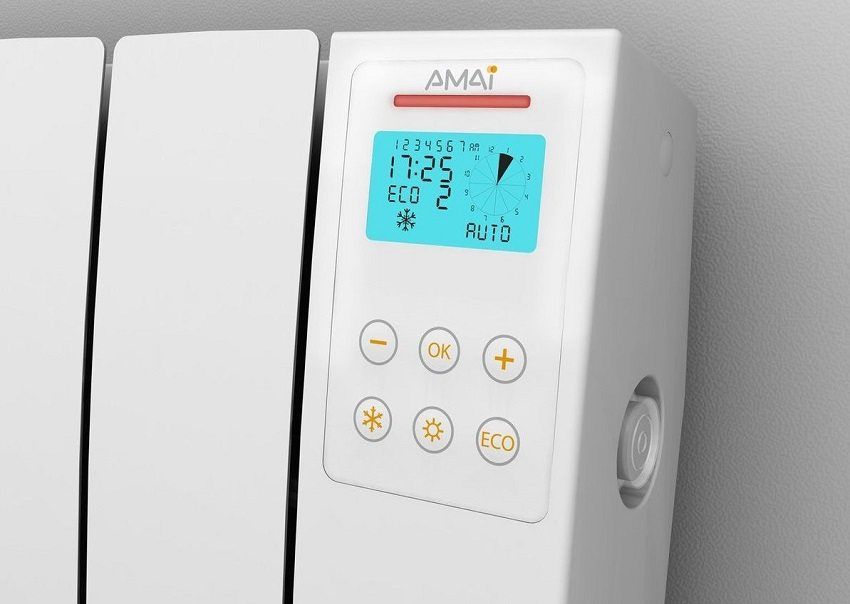
Nowadays, electronic sensors are becoming increasingly popular. Such modern thermostats have no moving parts designed to measure air temperature drops. For this purpose, they use semiconductor parts.
Helpful advice! All thermostats for infrared heaters allow you to simultaneously connect multiple devices, but it is important to know that their total capacity should not exceed 3-3.5 kW. Otherwise, it is necessary to include in the circuit a magnetic starter that will distribute the load.
Summarizing, we can say that the purchase and installation of a thermostat for a heating or heating system is one of the most profitable investments that you can imagine. After all, the thermostat not only makes your life easier, providing a comfortable temperature in the room, but also significantly saves your money for utilities.
